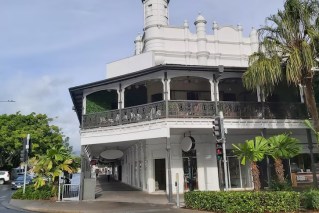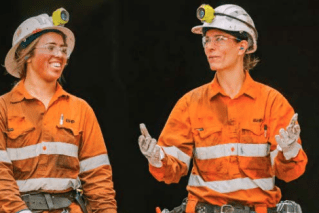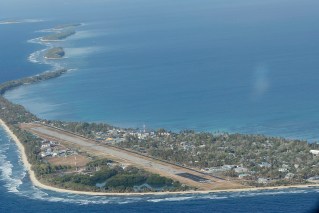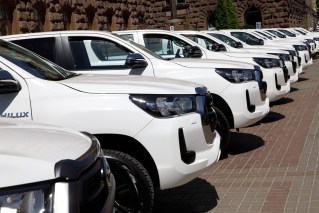Wide Bay of plenty: How one of Qld’s most disadvantaged areas has boomed since Covid
One of Queensland’s most economically disadvantaged areas has recorded growth in dwelling values of almost 44 per cent since the start of the pandemic, making it one of the best performers in the nation.

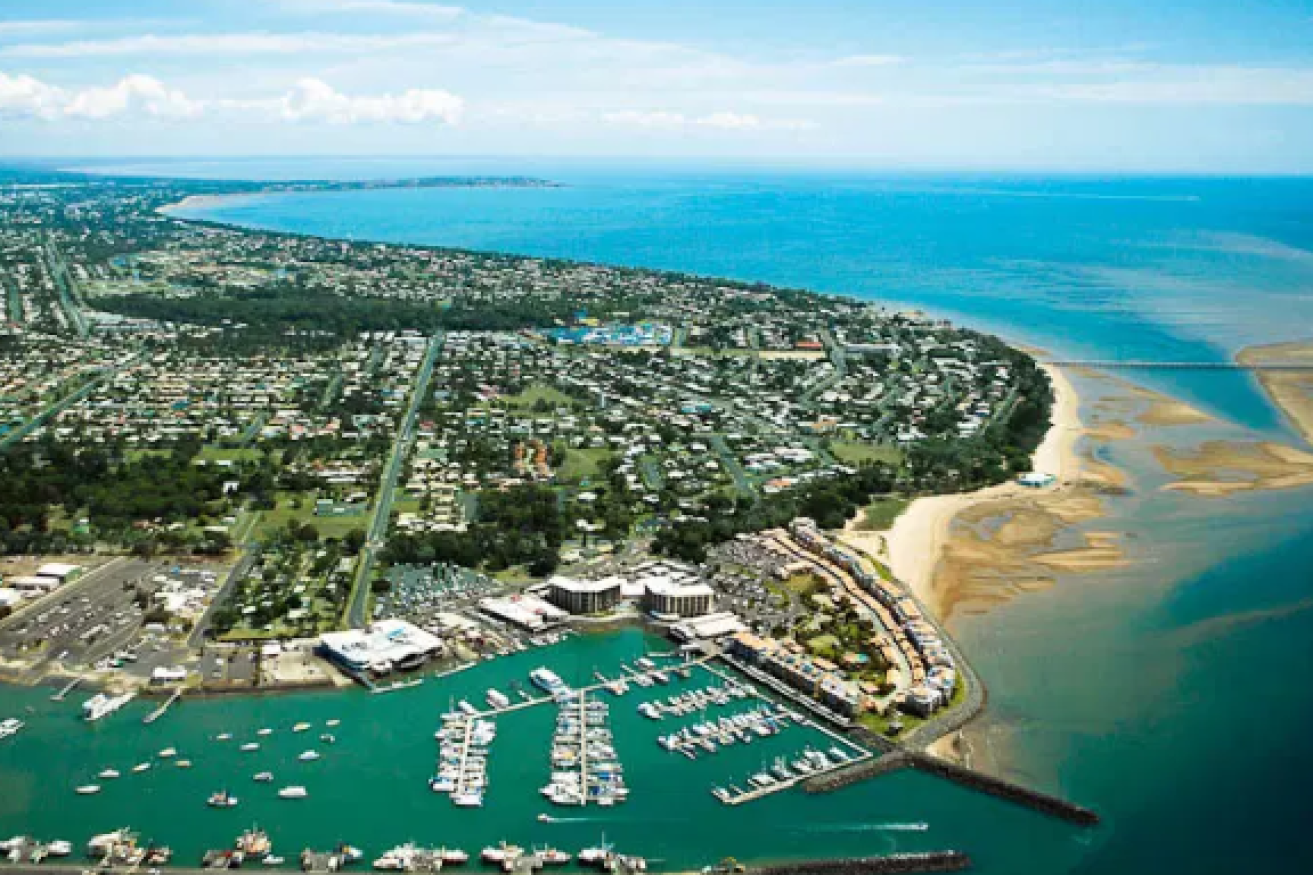
Hervey Bay, the centre of the Wide Bay region
Wide Bay, which includes the retirement town of Hervey Bay, Maryborough and Gympie, was the only Queensland region (or statistical area) to make the national top 10 which was headed by South Australia East with a 50.3 per cent improvement.
The CoreLogic report found that since March 2020 when Covid-19 lockdowns and restrictions began in Australia, national housing values were still up by 14.8 per cent.
However, many of the shifts and changes in the market caused by Covid are dropping away.
People have started moving back into units after the big swing towards housing during the pandemic when people sought out more space, but it was also aided by the Federal Government’s HomeBuilder grants.
The flow of people from the cities to the bush has also moderated, but not stopped.
And while Brisbane house prices have fallen in recent months, CoreLogic found they were still up 30 per cent from March 2020 and units about 20 per cent. Melbourne is down slightly on 2020 and Sydney is up about 8 per cent.
All house and unit prices in the capitals appear to be now trending down.
However, CoreLogic said in recent weeks the national market appeared to be stabilising with the monthly rate of decline in February at just 0.1 per cent.
“It may be too early to call the ‘bottom’ of the downswing due to further rate increases, and a looser labour market, expected in the coming months,” the company’s report said.
“However, as the rate hiking cycle slows to a pause later this year, it is possible the housing market will revert to slower, steadier growth patterns.”
In the combined regions, the market is up about 30 per cent, which is far better than the combined capital cities rate of about 10 per cent.
Much of that has to do with the huge change in internal migration patterns. According to CoreLogic, net internal migration to regional Australia hit a record high of 44,000 in the year to March 2021.
Other data from CBA and the Regional Australia Institute indicated that this shift to the bush was declining but still higher than the average before Covid.
CoreLogic said this was because of the end of lockdowns in the cities as well as the erosion of affordability.
“The difference between the median capital city dwelling value compared to the median regional dwelling value has contracted from 63.4 per cent in March 2020, to 32.3 per cent in February 2023,” CoreLogic’s report said.
Eight of the top 10 regional gains were in regional Australia.
“The normalisation of remote work among certain professionals, which is reinforced by current tight labour market conditions, may be contributing to this lasting value,” Core Logic said.
One thing that has not changed since the end of lockdowns and restrictions has been the rental market.
The cumulative growth in rent values since the onset of the pandemic nationally was 23 per cent and as high as 35 per cent in Perth compared with the annual rental growth of about 2.1 per cent pre-Covid.
“The supply of new rentals continues to be limited by high interest rates and building costs, which is hindering the development of large apartment projects and reducing the return on investment properties,” CoreLogic said.
Top 10 SA4 regions since March 2020
South Australia South East 50.3 per cent
Barossa SA 47.9 per cent
Adelaide North 46 per cent
New England NSW 43.9 per cent
Wide Bay Qld 43.7 per cent
Coffs Harbour NSW 43.7 per cent
Riverina NSW 43.6 per cent
Central West NSW 42.7 per cent
South East Tasmania 41.6 per cent


